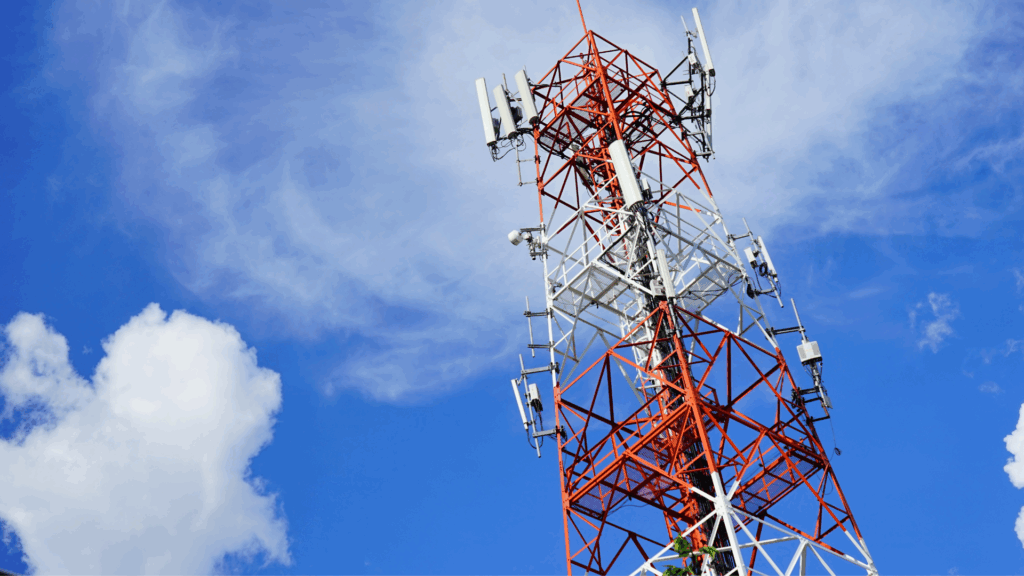

Geusseppe Gonzalez
Public Sector


Rodrigo Serrallonga Mejía
Artificial Intelligence


Haga clic aquí para leer esta publicación en Español
This week, two of LATAM’s biggest markets (Colombia and Perú) provided key connectivity developments in their quest to expand digital connectivity. Colombia’s ICT Minister, Mauricio Lizcano, set the date for the biggest spectrum auction in the country’s history, the 5G Spectrum Auction (as the minister defined it), which will be held on the 20 December – exactly four years since the most recent spectrum auction. Meanwhile, Peru’s Proinversion successfully completed the 2.3 GHz and AWS-3 spectrum auction after several delays, allocating spectrum to Viettel (Bitel).
During the Andesco Congress, minister Lizcano presented the roadmap for the heavily publicised spectrum auction, stating that the contest will not only include the 5G-compatible bands such as 3.5 GHz and 26 GHz but also the remaining blocks of unassigned spectrum under the 3 GHz band (700 MHz, 1.9 GHz, 2.5 GHz, and AWS-3).
That said, the roadmap will involve at least five stages where interested parties will be able to know the technical conditions, legal and financial requisites, guarantees, obligations, and auction mechanism, as well as the reserve price for each band. There will also be an open consultation on the final rules before the 20 December contest.
As a result, Colombia is expected to finally launch 5G in 2024, becoming the fourth South American country to do so after Chile, Brazil, and Uruguay.
After a series of delays due to the political uncertainty surrounding the Peruvian government, Proinversion, the country’s agency for promoting private investment, completed the spectrum auction in which blocks in the AWS-3 and 2.3 GHz frequency bands were offered.
As a result, Viettel (Bitel) was the winner of 90 MHz of spectrum comprised of two blocks of 2X15 MHz in the AWS-3 band, and 30 MHz in the 2.3 GHz band. For this, the company compromised investments of around USD 600 million to increase mobile broadband coverage in 3,825 rural localities.
Within this context, the Peruvian authorities highlighted that all localities must be covered in two years – the first 3,282 localities during the first year and the remaining 543 during the second year. The length of the concession is 20 years.
Recent developments highlight the strong interest across the region in increasing the spectrum allocated to the market.
On one hand, Colombian authorities have been consistently promoting the 5G auction since before President Petro took over, and now it finally seems to be a reality.
However, the calendar looks tight and the amount of spectrum to be potentially offered involves a number of challenges for policymakers. Finding the right balance between a fair valuation of the spectrum, reasonable rules for the contest, sustainable and pragmatic obligations, and a competitive mechanism seem to be among the defining factors for the success of the auction, which will also have to consider the recent financial struggles of incumbent MNO Tigo (Millicom), the renewal of most spectrum permits, and the rise of entrant WOM (Partners Telecom).
On the other hand, Perú seems to have followed the regional examples of Chile, Brazil, and Colombia and continues to foster an approach that promotes an increase in mobile broadband coverage in rural and remote areas. Certainly, increasing mobile broadband in almost 4,000 rural localities in two years is a noticeable achievement, complemented by the recent comments from authorities through which the connectivity gap was set as one of the country’s main challenges.
As a result, the path towards the allocation of 5G spectrum seems clearer now, and it will only be a matter of time until the Ministry shares an updated roadmap for such a process. In sum, Perú successfully allocated 90 MHz of spectrum to a market that is starting to look reinvigorated.
Finally, the developments of these two countries add to LATAM’s regional dynamism in promoting connectivity and fostering private investment while maximising the socioeconomic benefits of digital connectivity.
Access Partnership closely monitors tech, regulation, and policy developments in Latin America. For more information please contact Geusseppe Gonzalez at [email protected], Rodrigo Serrallonga at [email protected], and Melissa González at [email protected].



